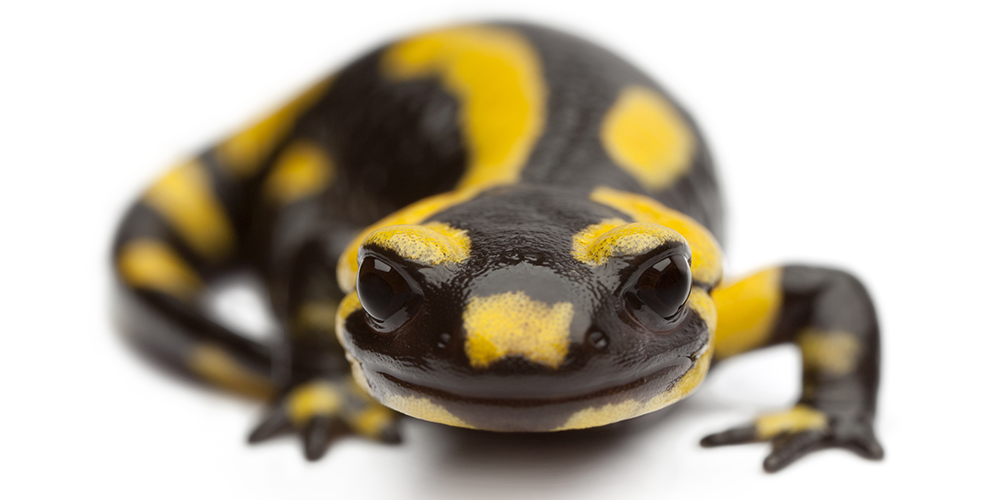How You Can Help

If you have a pet salamander or newt, or are simply an amphibian lover, then chances are you have heard about this fungal disease that is killing off salamanders in Europe.
Because Bsal seems to have originated in Asia but is thought to have been accidentally introduced by humans into Europe, and with North America being so important for salamanders, we need to takes steps to avoid bringing this fungal pathogen here.
As many organizations work together to address the threats to wild populations, they also need your help:
By doing all of the above, you are protecting pet salamanders as well as the wild salamanders that we all enjoy so much. Please share this information with your friends, online through social media and your favorite forums, local herpetological societies, and pet stores.
The PARC Disease Task Team has created a system for people in the U.S. and Canada to report an incident of sick, dying, or multiple dead amphibians or reptiles. Simply send an email to: [email protected] .
IMPORTANT: Include in your email:
1. Your name and e-mail address (for any follow-up questions)
2. what you saw,
3. where it was,
4. what types of animals were involved (species [if you are sure of the identification], life stage [eggs, larvae, subadults, adults]),
5. is it ongoing (only dead or decayed animals, some sick-looking animals that are alive?),
6. any photos or other relevant information
The State or Provincial contacts for herpetofaunal diseases will be alerted, and they may contact you further for additional information. Following the report, the managing agency will make a decision on whether or not a follow-up action is needed. This system will help us to facilitate early detection and rapid response actions, where possible. It will also aid our understanding of the scope and severity of emerging infectious diseases. Thank you in advance for your help to keep our herps healthy!
